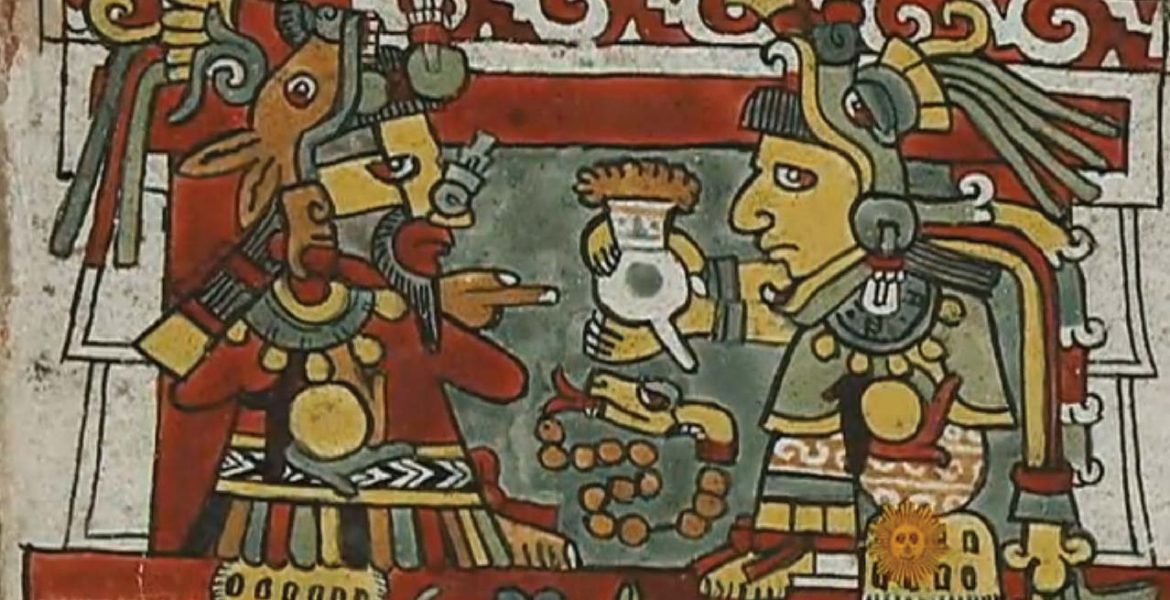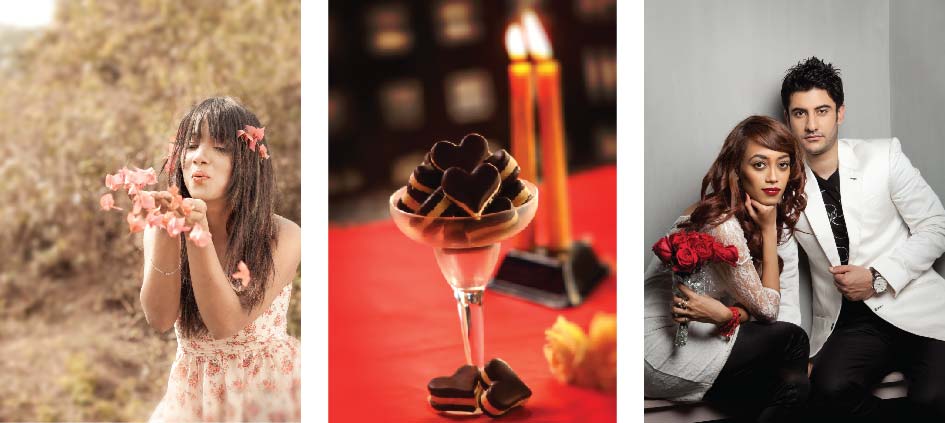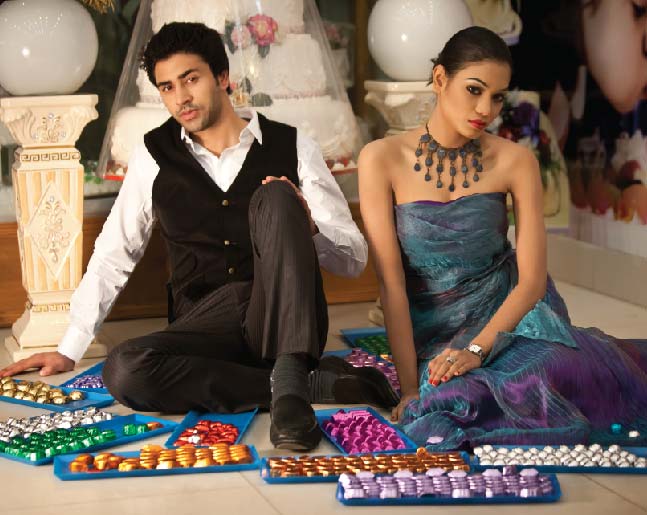Staying within the fringes of mainstream cultures Aidha Cader has inculcated an appreciation for Food, History, Travel and Art beyond her comfort zone.
As I pack away my trench coat and boots, I can’t seem to escape the hastily creeping burdens of the much dreaded spring-cleaning. A clear reminder that the days with chilly winds, outdoor barbeques and snuggles under woollen blankets have given way to a constant onslaught of endless sneezing and itchy eyes. It’s spring!! I don’t quite get the hype, winter seems so much cooler.
Then 14th of February kicks in, maybe I am not the romantic type but it’s hard to escape it as all of Dhaka goes into full gear. Pohela Falgun is also here, the dawn of spring. The culmination of Asian festivities of spring together with the Western celebration of love seems only too fitting for a nation that enjoys all things celebratory. Ladies draped in yellow and orange Jamdani with floral bouquets of Marigold headbands and men in traditional garbs all enjoying folk songs, dancing, dining and hanging out together. Bringing in a sense of joy, happiness and festivity despite the heavy traffic congestion it always creates. Even if it seems all too cliché one cannot overlook or downplay its surging importance as a mainstream festival.
Similar to other festivals it is a time for businesses to make that extra profit. Retailers enthusiastically embrace and seek to expand these commercial opportunities, be it in the name of love or the coming of spring. Not everyone running around buying cards, chocolates and flowers is actually in love but merely caught up in a consumerist frenzy of sorts. Vendors can become very innovative by extending Valentine’s Day memorabilia from that special someone to family members, teachers, friends, colleagues and anyone else one may wish to celebrate the day with.
The spring air seems to be filled with love, baby birds’ chirps and blooming flowers outside my windowsill. However, growing up in a traditional family ‘falling in love’ was taboo and frowned upon. Though I was very fortunate to find my soul mate in an arranged courtship these customs seem dated and ‘uncool’, as my teenage daughter would have you know. When you fall in love you accept the full package – the good, the bad and the ugly. There is no process where an aunt would go through ideal prospects based on education, family compatibility and religion. It’s love and it is presumed to be blind. So, I wonder if one can fall in love by making intelligent choices; look for compatibility that also extends to family, culture and religion and then follow their heart’s desire. I asked a few friends about this and as expected I got mixed opinions. Most believe family values do play a part when choosing a spouse and this often comes with age and maturity. However, there are those who have changed more than their names to fit in to their new family and have no regrets.
Often one gets confused with love and chemistry. When you’re heart flutters, toes curl and those butterflies in your stomach make you dizzy with euphoria, it is a feeling like no other. Then your eyes meet, your hands touch, and you’re suddenly spellbound by your new partner. You live for the present, you dream of a future, and your heart outraces your head. All you know is that you wouldn’t trade this feeling for anything in the world. Though this may feel like the real thing, sorry to burst your bubble, but this is chemistry and passion, and neither lasts forever. Studies in neuroscience have shown that as people fall in love, the brain releases a certain chemicals that stimulate the pleasure centres of the brain. The side effects being increased heart rate, loss of appetite and sleep, and an intense feeling of excitement. This stage generally lasts from one and a half to three years. Since the lust and attraction stages are both considered temporary, a third stage is needed to account for long-term relationships. The effects of chemistry may also hurt the chances of finding true love. When you’re attracted to someone based on chemistry your critical thinking powers immediately go out of the window. True love includes chemistry, but springs from other factors as well, including character, personality, emotions, ideas and attitudes. When you’re in love you are interested in the way the other person thinks and responds to situations, the values you hold in common. You look at attitudes on religion, family, sex, money, and friends, as well as common interests and similar backgrounds. The more you have in common, the better your chances are for long-term love. Undoubtedly, true love is an enduring bond experienced between two people that grow stronger with time and most certainly not a springtime infatuation steeped in hype and folklore.
Nevertheless, Happy Valentines Day to all you dreamy lovers, hoping you’ll find true love, not just for one day but for a lifetime filled with bliss.
Back in Time
The most popular belief is that 14th of February was the Feast of Lupercalia, a pagan festival of love. On this occasion the names of young women were placed in a box, from which they were drawn by the men as chance directed. However, in the 3rd century the Roman emperor Claudius II, decreed that young men should not be allowed to marry but join the army instead. However, Saint Valentine railed against this ban and performed marriage ceremonies in secret for which he was imprisoned. It is also suggested that he befriended his jailer’s daughter to whom he wrote a farewell letter, signed “from your Valentine”, before being executed on the 14th of February. The first mention of St. Valentine’s Day as a romantic holiday appeared in the writings of Chaucer in 1382. With the medieval period came a new focus on illicit but chaste courtly love.
A sweet tale
Considered the ‘food of the gods’ by the native Mexican, Spanish explorers introduced chocolate to Spanish Royalty in the 1500’s. Used initially as a medical remedy, a stimulant, love potion and cure for impotency. It was consumed as a drink with cane sugar and cinnamon. Chocolate remained a symbol of luxury, wealth, and power for royalty until the invasion of the Spaniards. However, as other European powers established colonial plantations in equatorial regions around the world with the use of slave labour, coco and sugar became an affordable commodity across Europe. By the Victorian era Richard Cadbury, introduced the first Valentine’s Day candy box. Chocolate, as an aphrodisiac was already a well established fact in Europe by then.



